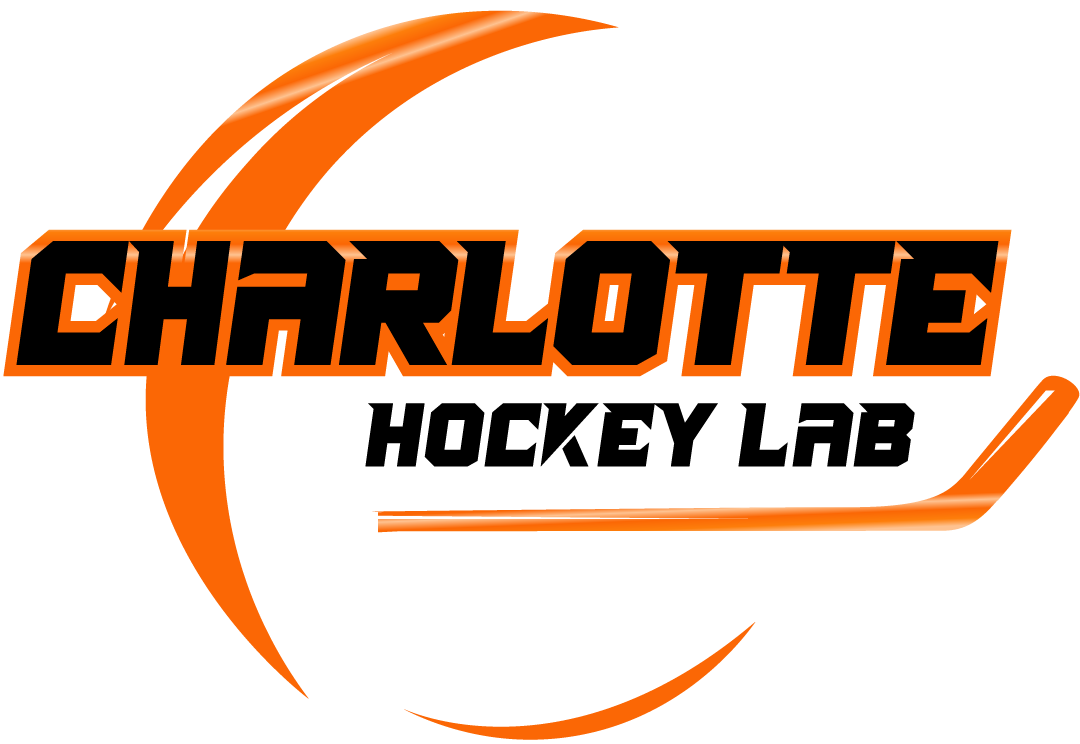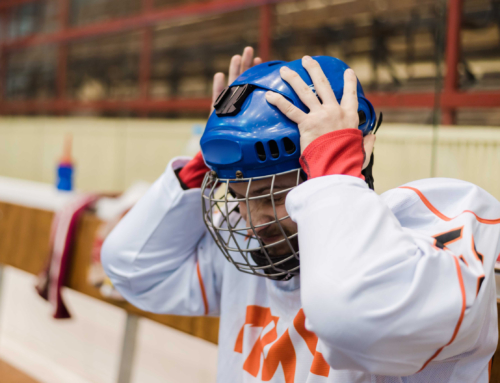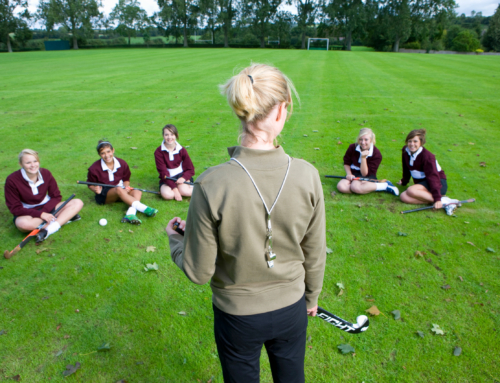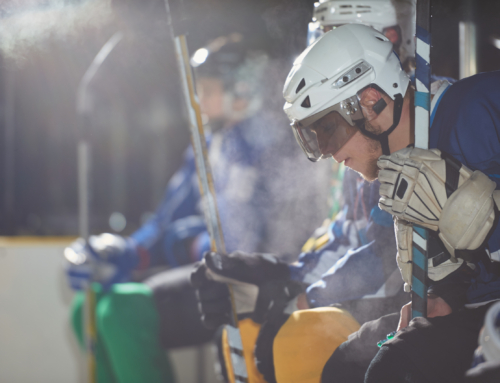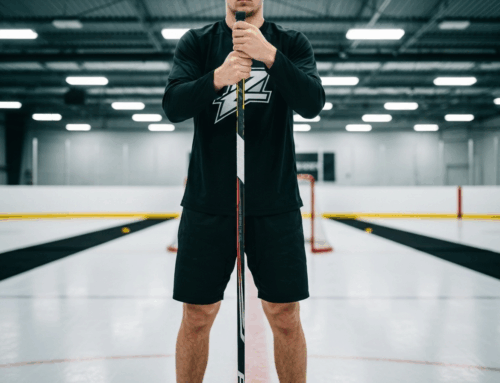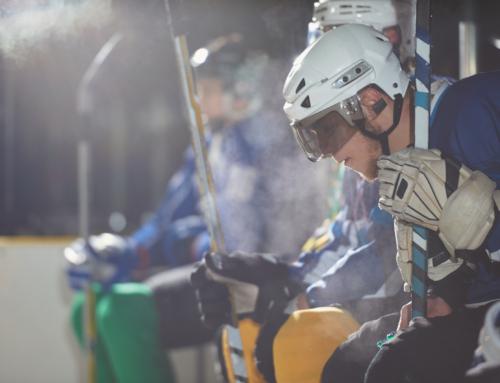Revolutionize Your Game: Advanced Motion Tracking for Hockey: Common Problems Solved at Charlotte Hockey Lab
Revolutionize Your Performance: The Rise of Advanced Motion Tracking in Hockey
The landscape of hockey training has undergone a significant transformation, moving beyond traditional coaching methods to embrace cutting-edge technology. At the forefront of this evolution is advanced motion tracking for hockey, a game-changing approach that provides unparalleled insights into player performance. This innovative technology captures granular data on every movement, allowing athletes and coaches to pinpoint strengths, identify weaknesses, and develop highly targeted training programs. This shift towards data-driven training is revolutionizing how players approach their development, offering a level of precision previously unattainable.
Understanding Motion Tracking: Precision Data for On-Ice Excellence
Motion tracking systems in hockey utilize an array of sophisticated tools, including high-precision sensors, advanced cameras, and artificial intelligence, to gather comprehensive performance data. These systems track crucial metrics such as skating speed, acceleration, deceleration, player positioning, puck trajectory, and stick movements. Unlike subjective visual assessments, motion tracking provides objective, quantifiable data, revealing nuances in technique that are otherwise imperceptible. For instance, technologies adopted by organizations like the NHL with its EDGE platform collect millions of data points per second, offering deep insights into player and puck dynamics. This rich data empowers coaches and players to analyze performance with unprecedented detail, fostering a more informed and effective training environment.
Motion Tracking for Hockey: Common Problems Solved
Traditional hockey training often faces limitations in providing precise, actionable feedback. Coaches may struggle to identify subtle flaws in technique through observation alone, and players might unknowingly develop inefficient habits. This is where advanced motion tracking for hockey: common problems solved. One primary challenge addressed is the difficulty in accurately measuring subtle shooting flaws or inefficiencies in skating form. Motion tracking systems overcome this by measuring parameters like shot speed, release angle, and stride mechanics, providing objective data that illuminates areas needing improvement. Furthermore, traditional methods often fail to adequately assess a player’s physical and mental fatigue, leading to potential overtraining or suboptimal recovery. Wearable sensors, as highlighted in a review on wearable sensors and physiological performance in elite field hockey, can monitor physiological demands and workloads, helping coaches optimize training intensity and prevent injuries. This data-driven approach removes guesswork, allowing for precise adjustments and measurable progress.
Addressing Occlusion and Non-Linear Movement
A significant technical challenge in player tracking, especially in fast-paced sports like hockey, is handling occlusions and non-linear player movements. Players frequently overlap, and cameras can experience blurring or rapid panning, making consistent identification difficult. Recent advancements in multi-player tracking, integrating homographic projections, offer solutions by mapping player footpoints to an overhead rink template. This “birds-eye” view helps disentangle overlapping players, maintaining consistent positional cues even during heavy obstructions. Additionally, sophisticated computer vision systems are continually being developed to track and identify players with high accuracy, even from broadcast videos, providing essential data for game strategy analysis and player evaluation.
Sharpen Your Shot: How Motion Tracking Refines Shooting and Stickhandling
Precision is paramount in shooting and stickhandling, and motion tracking technology offers a pathway to mastering these critical skills. Systems like the RapidShot Shooting System at Charlotte Hockey Lab utilize sensors and cameras to measure shot speed, accuracy, and reaction time. Players receive instant feedback on their puck impact, release angle, and trajectory, enabling them to make immediate corrections and see tangible improvements. Similarly, for stickhandling, motion tracking can analyze puck control and maneuverability. Companies like Quattriuum have developed hockey stick inserts with motion detectors that track stick speed, flex, duration, and angles, providing data to refine technique and even predict stamina levels during a game. This detailed feedback is crucial for developing the muscle memory and precision required for high-level offensive play.
Skating Smarter: Leveraging Motion Data for Optimal Stride and Agility
Skating is the foundation of hockey, and optimizing stride dynamics is key to speed and agility. Motion tracking allows for an in-depth analysis of a skater’s biomechanics, going beyond what the human eye can discern. By tracking metrics such as stride length, knee angles, hip alignment, balance, and power output, players can identify inefficiencies and target specific areas for improvement. The concept of “triple extension,” involving full extension of the hip, knee, and ankle joints during the terminal stride, is crucial for powerful propulsion, as detailed in discussions on stride dynamics and hockey biomechanics. Data from wearable sensors can also reliably assess on-ice movements, including the differences in technique between acceleration and steady-state strides. This scientific approach enables athletes to skate with greater efficiency and power, leading to enhanced speed and agility on the ice. Charlotte Hockey Lab offers advanced training programs that focus on mastering advanced balance and agility using these precise metrics.
Elevating Off-Ice Training: Bridging the Gap Between Drills and Game Play
Traditional off-ice training often struggles to fully replicate the dynamic and unpredictable nature of on-ice performance. Motion tracking technology closes this gap by bringing game-like scenarios and precise data analysis to dryland drills. Smart synthetic ice and shooting simulators, equipped with motion sensors, allow players to practice at game speed while receiving instant feedback on their movements and puck interactions. This ensures that the muscle memory developed off-ice directly translates to improved on-ice performance. This integration of technology in off-ice training provides coaches with detailed analytics to refine training plans, moving beyond visual assessments to data-backed decisions. The goal is to create training environments that are as realistic and measurable as possible, ensuring every drill contributes to tangible skill development.
Charlotte Hockey Lab’s Edge: Advanced Tech for Measurable Progress
At Charlotte Hockey Lab, advanced motion tracking technology is at the core of our commitment to player development. Our facility is equipped with state-of-the-art systems designed to provide comprehensive, personalized analytics for every athlete. We utilize cutting-edge equipment that tracks every aspect of a player’s game, from the explosive power in their stride to the precision of their shot. This commitment to technology allows us to offer data-driven training programs that are tailored to individual needs, focusing on measurable progress. Our technology not only identifies areas for improvement but also demonstrates tangible results over time, empowering players to understand their game on a deeper level. To learn more about how our advanced systems work, visit our Our Technology page.
Transform Your Game: The Future of Hockey Training is Here
The integration of advanced motion tracking and data analytics marks a new era in hockey training. From wearable sensors that monitor physiological demands and prevent injuries to sophisticated camera systems that analyze every detail of on-ice movement, technology is fundamentally reshaping how players develop their skills. This constant innovation provides athletes with unprecedented opportunities to understand their performance, make informed adjustments, and unlock their full potential. The future of hockey training is one where precision, personalization, and data-driven insights combine to create more efficient, effective, and ultimately, more successful athletes at every level of the game.
Are you ready to elevate your game? Visit our Contact Us page to get started!

We use only the finest ingredients to produce stellar tastes.
